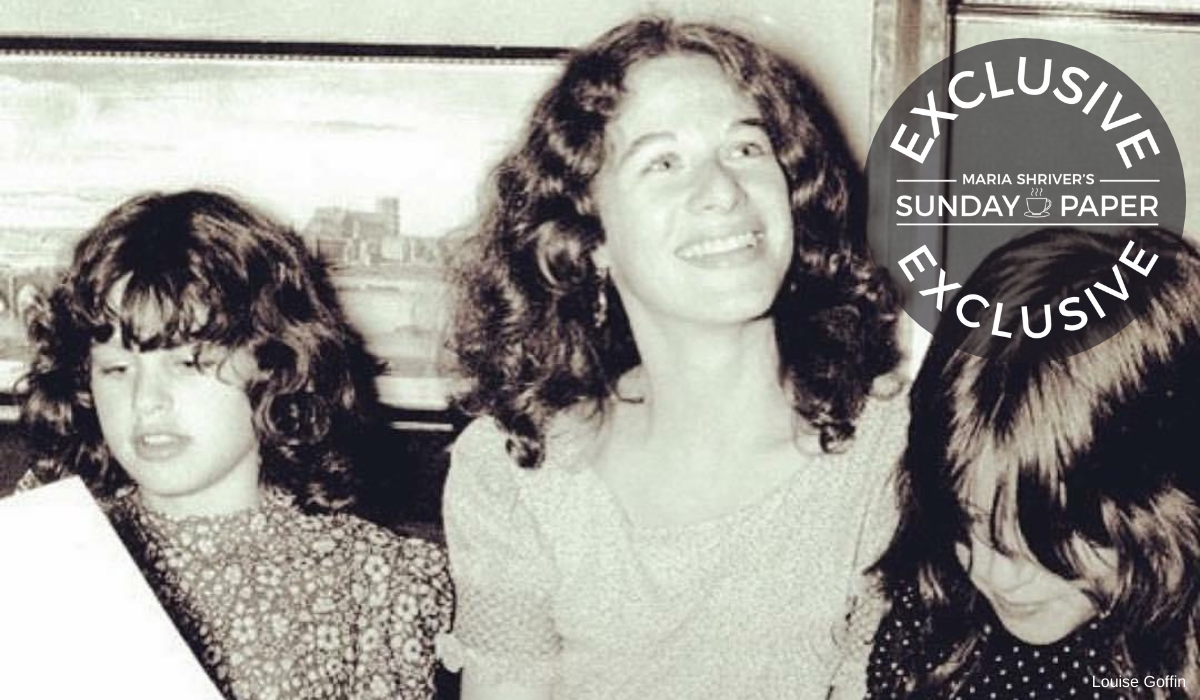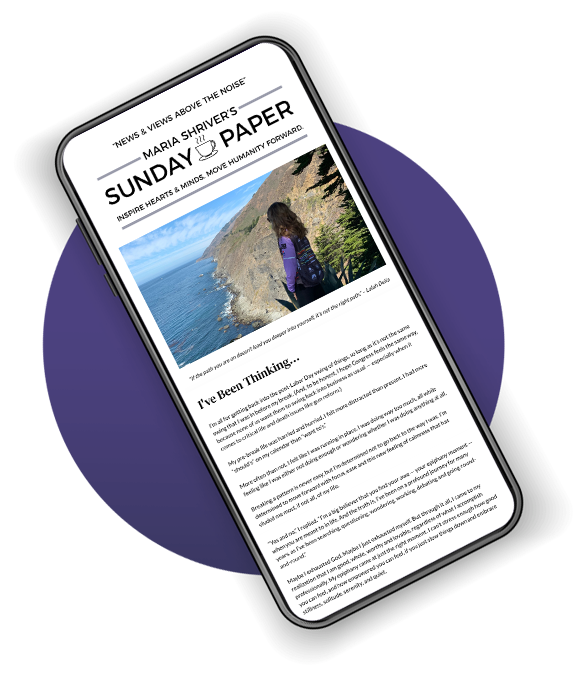Happy Birthday, Tapestry

The prelude to moving to the house in Laurel Canyon where the cover of Tapestry was taken, couldn’t have been more different for us as a family. We lived in a suburban house in West Orange, New Jersey, where I used to walk to school alone or with a neighboring kid, on flat sidewalks, picking up leaves from maple trees or peeling the seeds and sticking them on our nose on the way to school, or in winter, bundling up for the snow in boots and a warm jacket. Before the Laurel Canyon days that led up to Tapestry, my family lived together in a house where the streets inspired the song, Pleasant Valley Sunday. My parents wrote a lot of well-known songs in the study at the end of the hall where our bedrooms were, though my parents would often drive to NYC too, to go to Aldon Music at 1650 Broadway. Let’s set the record straight: they did not write in the Brill Building. But we often love our myths more than we like reality.
Our New Jersey house used to feel too big and lonely when they were writing in the city, and I filled afterschool hours playing with neighbors, or spending time alone with my record player, TV, and occasional unappreciated pranks on my little sister. Our living room was sometimes the rehearsal space for a band called The Myddle Class. My dad showed reel to reel films to us girls in the basement where he also had a billiards table. I had to wait a few years later for him to teach me how to play chess but not long. He taught me opening gambits at the tender year of eight.
The flavor of the times were changing and lots of musicians from the east coast were migrating to Los Angeles, a place I’d never heard of, and my parents’ marriage was under strain with the cultural changes. We moved to Laurel Canyon, and my sister and I lived with just my mom. My parents got divorced and even though Toni Stern wrote the lyrics to It’s Too Late, I still couldn’t listen to it for decades without thinking it was my parent’s break-up song. My dad had his own place, a motorcycle, a recording studio and a girlfriend. In-between recording, my mom either taught or took us to yoga classes, fed us healthy food, made sure we’d done our homework, and she wrote songs on the spinet piano in our small, but cozy living room. The school bus picked us up outside our house on its windy route through the hills, where the elementary school kids lived. We had to be ready or we’d miss the bus.
My mom was fun to be with. She was more accessible to us than she was when we lived in the suburbs. She’d take us to the health food store on Fairfax and Sunset, and she let each of us girls come up with a word for the lyric of the song Tapestry (grey & ghostly). Musicians would sometimes come over, but mostly our lives were contained to the three of us, our pets, and our school friends. The house was so small that I’m certain she waited until we were at school to use the piano that was set on a wall of the little central living room space. The place by the window, where the Jim McCrary album cover was shot, was where our vinyl collection was kept. The albums were underneath that spot, which was a heavy wooden door with metal handles on its side, held up by bricks stacked beneath it. It was also where we’d rest the laundry basket to bring clothes from room to room. My mom actually needlepointed the artwork on Tapestry. It was a stitch-by-color pattern. We also had a sewing machine and made our own clothes with fun fabrics we’d buy. I have the pattern for loose flared pants with an elastic waistband still committed to memory! Just outside that window was a yard that led around the back of the house, where our two dogs ran and played. We had a Siberian Husky (later on the cover of Music) and a German Shepherd, and of course, the now iconic cat, which my dad named Telemachus that my younger sister often called “Lemmy Cat.”
A&M Studios and the backroads of Laurel Canyon were my stomping ground.
We’d often go to the A&M Records lot with my mom (once Charlie Chaplin’s Studios) where Ode Records was. David T Walker would often be leaning on the A&M Studios front doors. Jan from Jan and Dean was always a character on the scene. Merry Clayton would be there. There was a gymnasium that had basketball hoops in it, where A&M Records threw Christmas parties and sock hops. Sometimes we’d see Cheech Marin and Tommy Chong. My sister and I got to sing background vocals on Basketball Jones.
The sessions for Tapestry were so brief, they took up little of our lives. Three years after moving to LA and trying to adjust to my parents divorcing and living separately, my mom was all over the radio and now, I was in Junior High where the last thing I wanted was attention. Those transitional childhood years (now called Middle School) are when you want to hide, not have people running up to you, looking right through you to talk about their experience hearing your mom on the radio. I knew it had nothing to do with me or even my mom, but it was part of the fallout of her rising celebrity.
The 1971 earthquake happened on my mom’s birthday and my father joked that she had super powers writing I Feel The Earth Move. Then, the year Tapestry came out, we moved into a bigger house of an old LA Spanish style, that Gypsy Rose Lee had once lived in, who also happened to be born the same day as my mom.
During the summer we went with our mom on tour. We went to England and Scotland, and I remember driving in the UK countryside in a bus. I used to sit on the anvil cases backstage during sound checks, and James Taylor, The Section, and all the road crew were like extended family on tour. For a Central Park show in New York, I remember staying at the Sherry Netherlands Hotel and trying to juggle with room service oranges and oops, landing one in the chandelier. Maintenance had to climb on a ladder to fetch it before the room smelled like burnt orange peel.
Tapestry was an album that at the time it came out, made it the soundtrack to so many people’s lives. What it means to people today is multiplied by their memories of who they used to be. Music can be an amazing conduit for remembering. It was a simpler time. Vocals weren’t gymnastic, they had feelings and flaws and emotion.
When something is great, it’s relevant no matter what year it is. Perhaps today, it’s a reminder of how important great songwriting and heartfelt delivery is to record making. It doesn’t take a lot more than to simply move people to make a record stand out.
It’s tough to pick a favorite song on Tapestry, but I’d have to say “You’ve Got A Friend”. In the last year, it has become especially meaningful to me and to all of us. Anything authentic and real is grounding during the pandemic. It is especially comforting during this time. “When you’re down and troubled…” I don’t know anyone who hasn’t felt that way in the last year.
This original essay was featured in the February 21, 2021 edition of The Sunday Paper. The Sunday Paper publishes News and Views that Rise Above the Noise and Inspires Hearts and Minds. To get The Sunday Paper delivered to your inbox each Sunday morning for free, click here to subscribe.


